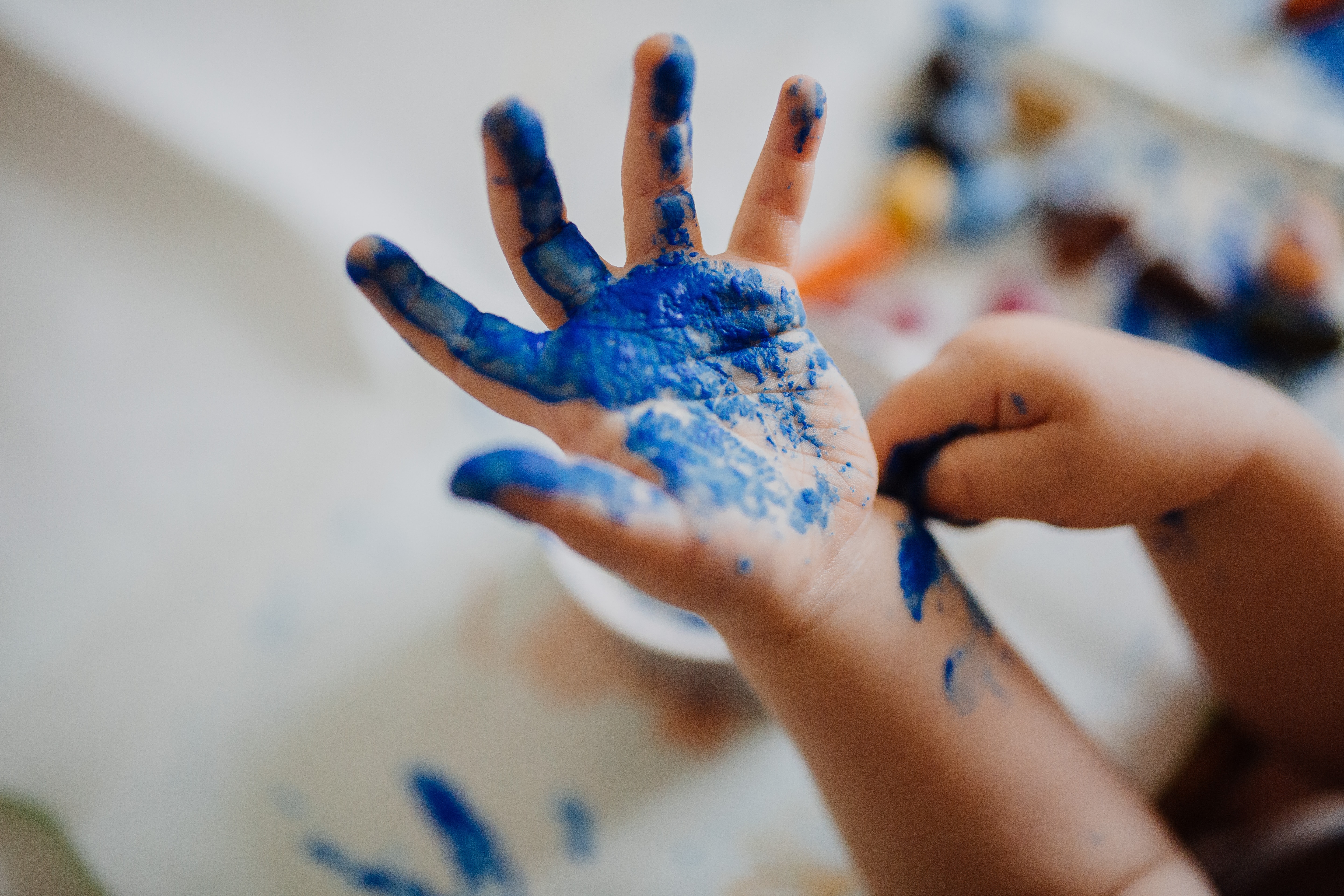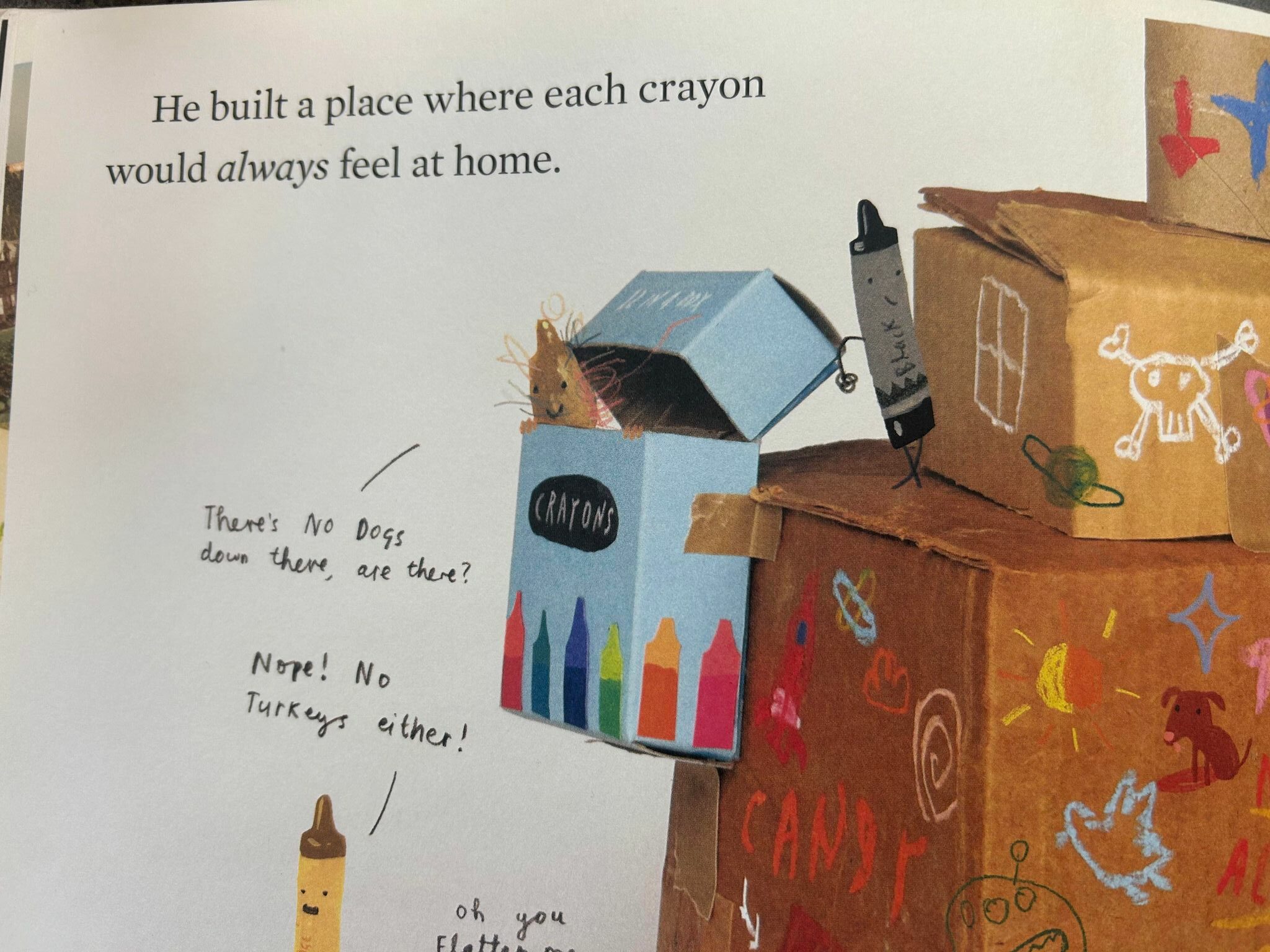Annotated Bibliography
ONE.
Merrick, B. (2022, November 23). Friedrich Froebel. Early Education. https://early-education.org.uk/friedrich-froebel/
Friedrich Froebel’s principles come from observing the child as a whole. He considers their health, physical development, environment, emotional wellbeing, mental ability, social relationships and spiritual aspects of development(Froebel, principle 2). Froebel is sure to validate their individual feelings and ways of thinking. He believes that when we place focus on what a child can do, and build on individual strengths, we increase the child’s sense of well being and belonging.
Childhood is important and we don’t need to rush children into adulthood(Froebel, principle 1). Froebel’s principles allow learning to be open ended, instead of placing learning into boxes(principle 3). This also empowers children of all diversities to be themselves and interact with the world as they see fit. Looking at the child as a WHOLE, makes a difference in how we approach them in the classroom. By observing the child as they are, we are focusing on what they are interested in and what they can do, rather than forcing them to learn certain ideas and concepts(principle 7).
TWO.
Suzanne Carrington.TED Talk.(2021). The truth about special education. YouTube. Retrieved January 22, 2024, from https://youtu.be/ygLVswDBCjU?si=DQoKgRkO3J-Q6-bX.
Suzanne Carrington speaks about the time she spent as a Special School Teacher. Amounting this time to just 37 years ago. She explains how detrimental it is to children when we isolate those with disabilities, from the public school children. Carrington describes the inhuman things she witnessed while working as a Special School Teacher. Showing photos of how isolated these children were.
A sad move in the right direction is shown in a photo of classrooms made for children with disabilities. These rooms were surrounded by high fences, a locked gate and automatic locking doors. These children were incredibly isolated from their peers. It is important to have diversities within the regular classroom. If children who have disabilities are always surrounded by children like them, they begin to behave like their peers. This is because they don’t have any other role models their own age. The way to help a child grow is by placing them with children who are ahead of them in learning.
In inclusive classrooms, children learn compassion, kindness, and acceptance. The children in public schools can greatly impact those with specialities by being in the same space as them.
I’ve attached an image Carrington showed that I think gives a very good depiction of how one choice can affect a child’s entire life:
THREE.
Shannon, Crystal. (2021, June 7). “there’s nothing here”: Perspectives from rural parents promoting safe active recreation for children living with autism spectrum disorders. Research in Developmental Disabilities. https://www.sciencedirect.com/science/article/pii/S0891422221001475?via%3Dihub
Diving into the parental concerns, experiences, and needs of their children helps educators develop meaningful relationships with parents and caregivers. It also opens up the floor for discussion and ideas to implement into the classroom. There is a need to train staff who are providing care to these children. There is a need for safe, enclosed outdoor spaces. There is an undeniable lack of access to programs that are safe for children with diverse abilities. Although this study is aimed at recreational activities and children with ASD, there are many key points that could be brought into our 3-5 program’s structure.
We need to create access to safe and enclosed spaces for children with diverse needs with equipment appropriate to the children’s needs. This would be a huge step in the right direction, and could be as simple as a fence, lower climbing structures, and implementing special swings to avoid the (inevitable) impulsive behaviors children with ASD have. Autism Spectrum Disorder is a genetic disability, and we’re seeing an uproar in diagnoses. By educating ourselves of the individuals’ needs, we can promote safe explorative, inclusive learning within our facilities.
FOUR.
San Francisco State University. Friesen, Amber. Kucskar Mitsch, Maryssa. Du, Karina.(Summer 2022). Advancing Equity and Inclusion in Early Childhood Education.
Although this chapter is about California, we can take away a lot of the same key ideas. Writers from SSFU reflect on the discrimination that occurs in early years centers. This includes things such as affordability, lack of supply in some communities, and the quality of care. As educators, we need to take the opportunities to create children who have positive self-awareness, comfort, and joy with human diversity. This chapter draws on the importance of creating opportunities for all young children. Educators need to continue to develop a critical consciousness; reflecting on our own biases, and societal “norms.” There is an importance in acknowledging the inequities within the early learning system. This includes: different races, behaviors, or disabilities.
In recognizing the issues of injustice in child care facilities, we can advocate in ways to create change. We can reinvent the system. Why do we continue to segregate young children from their peers simply because they have a diversity? When we stop to reflect on these injustices, we become advocates for these children. We can ensure that all children have access to the same quality of care.
FIVE.
Elkins, A. (n.d.). Creating a yes! environment: Supporting creativity and exploration. Retrieved from https://www.naeyc.org/resources/pubs/tyc/feb2019/supporting-creativity-exploration
I’m tired of feeling burnt out from saying “no,” all day. Although “no,” can be necessary for health and safety, it’s important to set up your space to promote a positive environment for exploration. Ask yourself why you’re stopping particular behaviors. Saying yes more often will inspire children, create more positive choices, and allow the children more control of their daily lives. Saying yes more often also limits teacher intrusion and frustration while increasing the quality of teacher-child relationships. This act also increases learning experiences and promotes independence and self esteem.
As an educator, it’s my job to step back and evaluate what need is being met by a behavior. Do we NEED to stop this behavior? If the answer is Yes, then provide an alternative action to the child. When we discover the NEED behind the behavior, we are more likely to find solutions that benefit the child and their peers long term.


